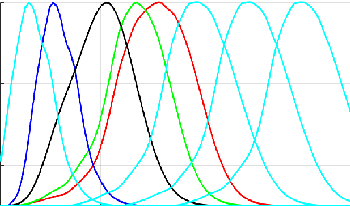
The variety of spectral imaging systems makes the portability of imaging solutions and the generalization of research difficult. We advocate for the creation of a standard representation space for spectral imaging. We propose a space that allows connection to colorimetric standards and to spectral reflectance factors, while keeping a low and practical dimension. The performance of one instance of this standard is evaluated through simulations. Results demonstrate that this space may show reduced performance in accuracy than some native camera spaces, especially instances with a number of bands larger than the standardized dimension, but this limitation comes with benefit in size and standardization.

Historic properties face challenges preserving and maintaining their physical heritage, as well as digitally sharing and accessing their history in a virtual environment. They are now utilizing new advanced imaging methods to research their cultural heritage artifacts. Recent advanced imaging in historic Civil War-era houses demonstrated the integration of imaging techniques and data to support conservation of these structures and research into their history and contents. New technical systems, including the latest narrowband multispectral imaging systems and higher resolution cameras, raise major challenges in not only the integration of new technologies, but also the ability to store, manage and access large amounts of data. Integration, preservation, access and collaboration with the image data from this program requires implementation of standardized digitization and data archiving practices.